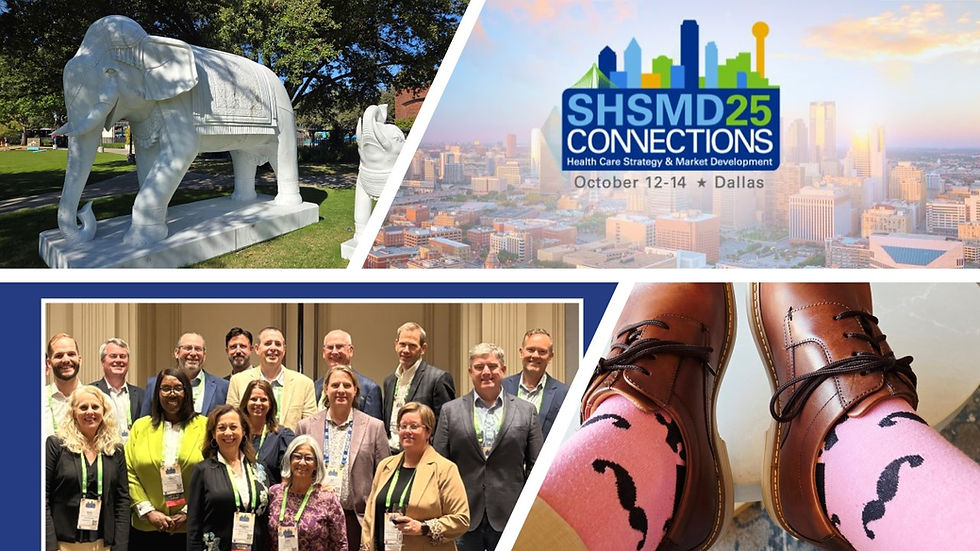COVID-19: Why half-measures get us nowhere ... fast
- Alan Shoebridge

- Jul 28, 2020
- 3 min read

If there is one lesson in life I’ve learned through painful experience, it’s that taking half-measures to fix a problem is always the wrong approach. Instead of fully committing and fixing the root problem, you are just buying time until whatever you’re dealing with ultimately fails or gets beyond your control.
Let me share an example that some of you might find relatable.
I’ve been a cyclist for decades. And over that time, I’ve probably had at least a few dozen flat tires when out on an otherwise pleasant bike ride. Sometimes the air rushes out of a tire all at once. Other times I notice a slow reduction of tire pressure until it finally goes flat after 10 or 15 minutes. When the latter has happened to me and I’ve completed most of my ride already, I’ll just pump up the tire a few times on the way home. I feel like I’m saving effort and not doing the dirty work, but the reality of the situation is that I’ve just put off the inevitable. I know that I’ll have to repair the problem, and even worse, I probably spent more time with the temporary fixes along the ride than if I had of just fixed the problem correctly when it first happened.
Sadly and shockingly, this is the same approach we’ve taken to dealing with COVID-19 in the United States. Instead of shutting everything down and putting forth a 100% effort at eliminating the virus in March, we’ve taken a variety of half-measures. We shut some things down, but not everything except the absolute essentials. We’ve encouraged masks, but not mandated them. We re-opened gyms, bars, restaurants and other places where we all knew that good social distancing was impossible. Then we just ended up shutting them down again within weeks. Rinse and repeat.
Our country's collective half-measure approach to battling COVID-19 has put our progress well behind other developed nations. Even worse, there’s little confidence that we’re truly on the right track for long-term success. As always, Andy Slavitt offered some good analysis on what could be a different approach. Here are some insights from his daily Twitter thread on July 26:
"We can virtually eliminate the virus any time we decide to.
We can be back to a reasonably normal existence: schools, travel, job growth, safer nursing homes & other settings.
And we could do it in a matter of weeks. If we want to.
Let’s say we threw the kitchen sink at COVID-19 in the U.S. Let’s say we started now with the goal of being open for business in October— meaning schools, in person voting, sports, everything. If we did everything. What would happen?
Instead of 50% lockdown (which is what we did in March in April), let’s say it’s a 90% lockdown.
After a few weeks, what would happen is what happened in other countries.
So after 8 weeks, you don’t have 0 cases but you have embers.
A small enough number that someone in the health department in a big city could call them on the phone in one morning."
There’s more, and I urge you to read his whole thread. Yes, there would be pain and the economy would take a huge hit from a 90% lock down. However, by fully committing to this approach we would have the best chance of moving on from our current situation and reducing the amount of people who die or are gravely impacted by the long-term effects of a virus we still don’t fully understand.
In my experience, failing to fully commit to something rarely ends in good results. Taking half-measures doesn’t work for fixing a bike tire and it sure doesn’t work for a global pandemic. We can and should do better.

On a related note:
Back in early May, I wrote about how we were likely to be stuck in the 80% healthcare economy for some time to come. If you missed that post, I think it still has a lot of relevance today.



Comments